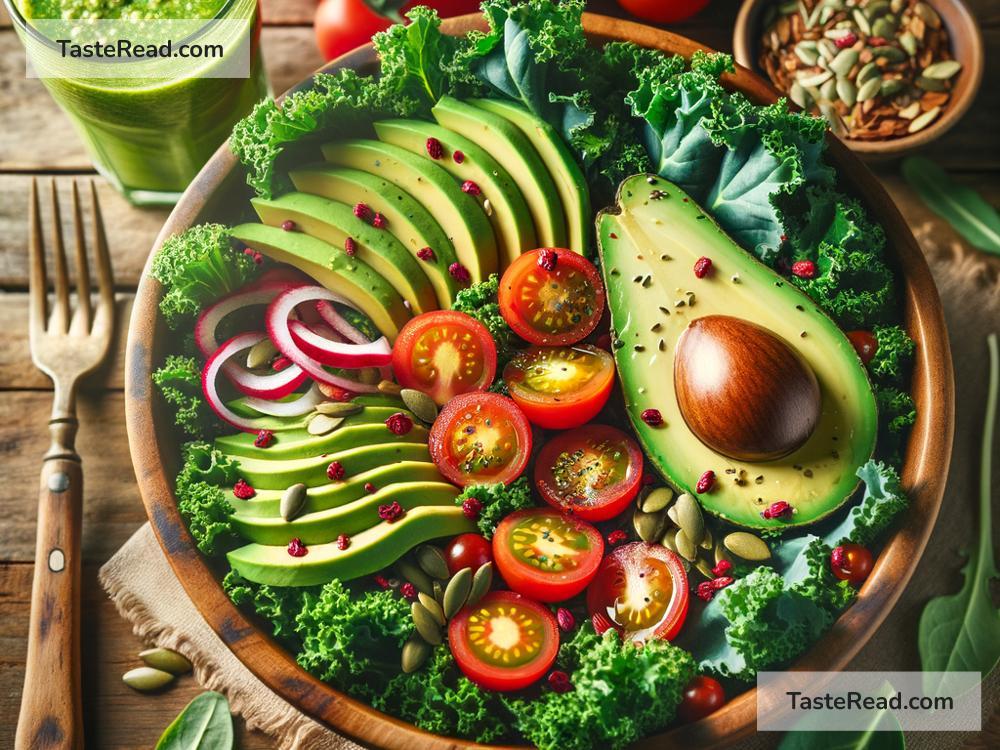How Kale Became a Favorite in Modern Diets
Kale has come a long way from being just another leafy green. Once overlooked and considered a garnish, it is now a superstar in the world of healthy eating. But how did this humble vegetable become so popular? Its journey involves a mix of health trends, media buzz, farming innovations, and changing attitudes toward food.
What Is Kale?
Kale is a dark green, leafy vegetable that comes from the cabbage family. It’s known for its curly leaves, although there are flat-leaf varieties as well. It’s packed with nutrients, including vitamins A, C, and K, and minerals like calcium and potassium. Kale is also low in calories and high in fiber, making it an ideal choice for people looking to eat healthier.
Historically, kale has been grown for centuries and was a common ingredient in European and Asian cuisines. It was also considered a staple during wartime because it’s easy to grow and rich in nutrients. However, it didn’t gain much attention outside of specific regions – until recently.
The Rise of Kale in Modern Diets
Kale’s rise to fame was no accident. Its popularity can be attributed to a mix of factors, including the growing focus on healthy living. In the early 2000s, people became more interested in “superfoods,” a term used to describe nutrient-rich foods that benefit overall health. Kale fit the description perfectly, offering a wealth of nutrients in every bite.
Around this time, research began to highlight the health benefits of kale. Scientists found that it contained antioxidants, which help fight inflammation and reduce the risk of chronic diseases like cancer and heart disease. Kale also became a favorite for people following plant-based diets, as it’s a good source of protein and essential nutrients that might otherwise be lacking in vegetarian or vegan lifestyles.
Celebrity Endorsements and Media Buzz
Kale’s rise wasn’t just about science—it had a lot to do with its newfound fame in popular culture. Many celebrities and influencers began promoting kale as their “secret weapon” for staying fit and healthy. Social media posts, cooking tutorials, and articles often featured kale in smoothies, salads, and creative recipes. It became trendy to talk about kale, making it more appealing to the general public.
Health-focused cafes and restaurants started adding kale to their menus, further boosting its reputation. Kale chips became a popular snack, and even food brands began packaging kale in new and creative ways, such as kale powders for smoothies and pre-washed salads at grocery stores.
Farmers also played a role. With demand rising, farms started growing more kale and experimenting with different varieties to make it more appealing. Buyers now have access to baby kale, purple kale, and other eye-catching options that cater to different tastes and preferences.
Social Movements That Promoted Kale
Another factor behind kale’s popularity is the rise of movements focused on sustainable eating. Many people have become more aware of where their food comes from and are choosing locally grown, seasonal vegetables. Kale fits perfectly into this trend because it’s easy to grow in various climates and seasons. Buying kale gives people a chance to support local farmers and reduce their environmental impact.
The rise of eco-friendly and organic farming also helped kale stand out. Organic versions of kale are readily available, making it even more attractive to consumers who want to avoid pesticides or chemicals.
The Versatility of Kale
One of the best things about kale is its versatility. It can be eaten raw, sautéed, roasted, blended, or steamed. People can use it in salads, soups, casseroles, pasta dishes, juices, and smoothies. Its slightly bitter taste allows it to complement both sweet and savory recipes. This adaptability means that even if someone doesn’t like kale on its own, they can find a preparation style that suits their palate.
Kale has even found its way into unexpected places, like pizza toppings and dessert recipes! Its versatility makes it easy to incorporate into any meal, making it attractive for individuals and families alike.
Is Kale Here to Stay?
Although kale has become extremely popular, some people wonder whether it’s just a passing trend. Food fads come and go, but kale’s staying power seems strong. Its nutritional value, combined with its accessibility and versatility, makes it a staple for healthy eating.
Kale continues to be promoted by nutritionists, chefs, and food bloggers worldwide. It’s also featured prominently in plant-based and vegan recipes, which are becoming more mainstream. As long as people are interested in living healthier, kale is likely to remain a favorite.
Conclusion
Kale’s incredible rise in modern diets shows how much food trends can change. What was once a simple garnish is now celebrated as a superfood and a symbol of health. With its impressive nutritional profile, eco-friendly benefits, and range of uses, kale has earned its place as a favorite in kitchens all over the world.
Whether tossed into a salad, blended into a smoothie, or baked into chips, kale proves that humble beginnings can lead to big success. If you haven’t joined the kale craze yet, it might be time to give it a try—your body will thank you!


